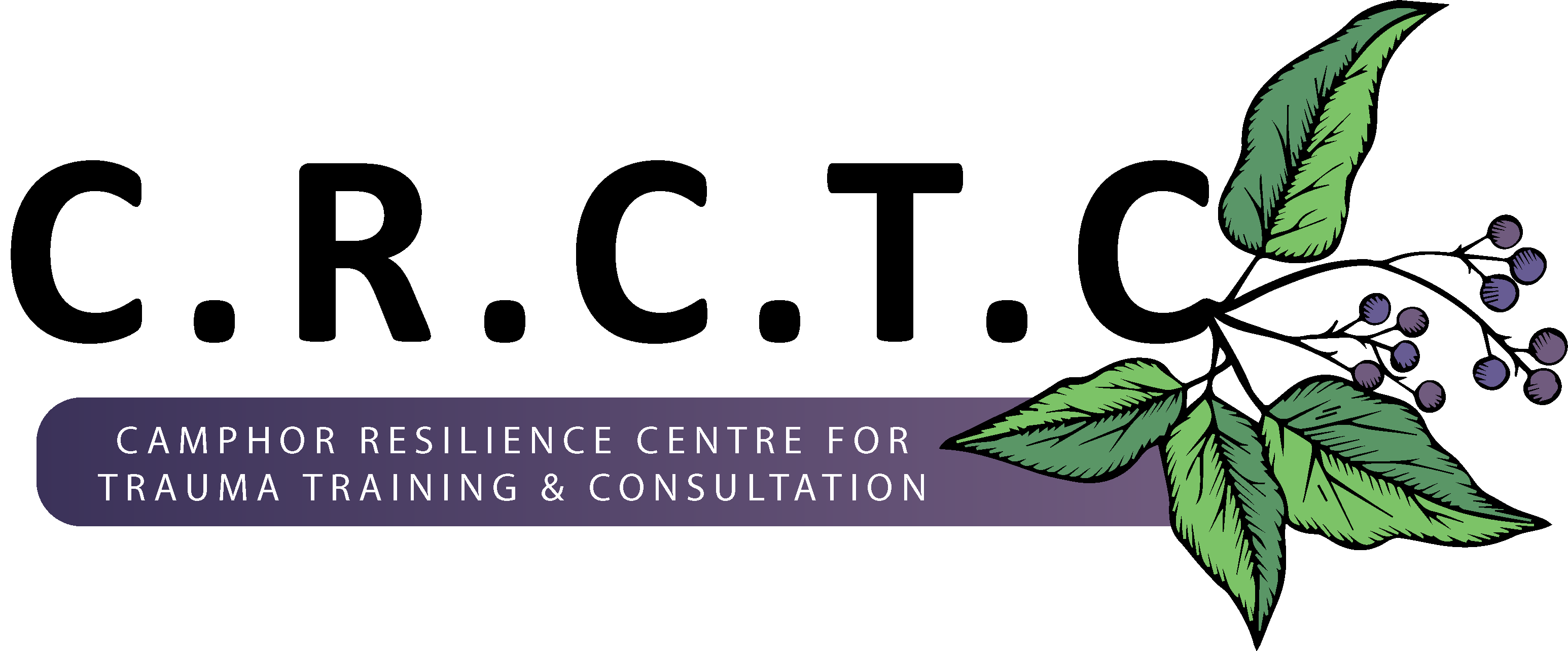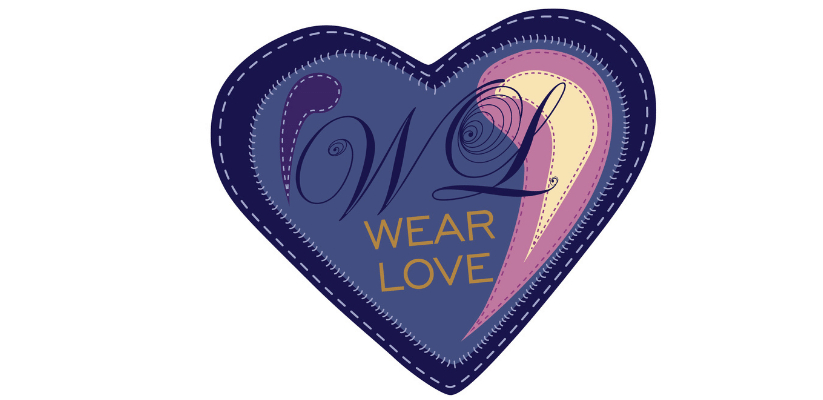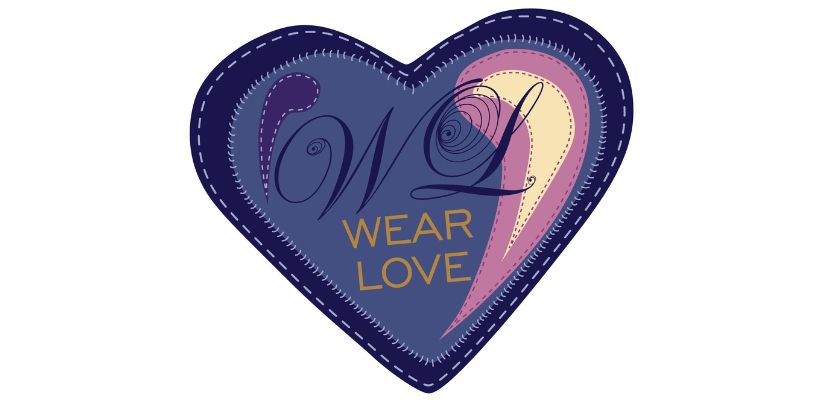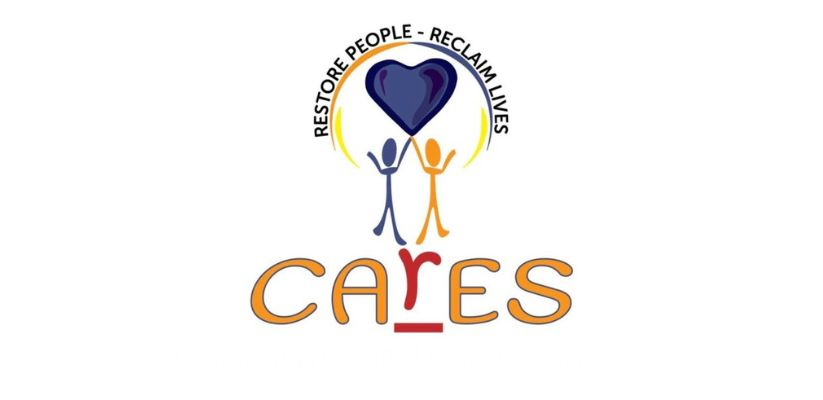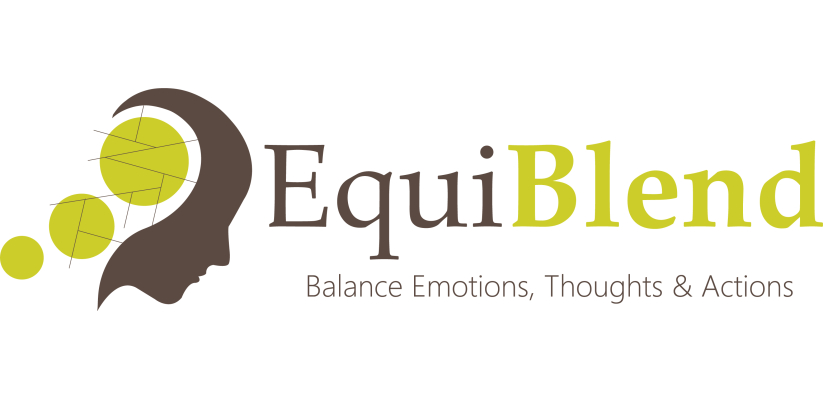Beyond the Mirror: Understanding Body Dysmorphic Disorder and Eating Disorder
"True beauty lies not in the mirror, but in the courage to accept ourselves—as taught by Simba and Elsa."
When exploring complex psychological issues like Body Dysmorphic Disorder (BDD) and eating disorders, we can find powerful narratives in popular culture that illuminate these themes. Disney movies, known for their emotional depth and relatable characters, provide poignant examples that mirror these struggles. Two films, The Lion King and Frozen, offer insights into identity, self-perception, and the profound impact of trauma.
The Lion King: Simba's Journey
In The Lion King, we witness Simba's journey of growth and self-discovery. After the traumatic loss of his father, Mufasa, Simba is consumed by guilt and shame, leading him to abandon his rightful place as king. This act of fleeing mirrors the experience of many individuals with Body Dysmorphic Disorder, who often feel compelled to hide their perceived flaws rather than confront them.
Like Simba, who believes he must escape his legacy to find peace, those suffering from BDD grapple with overwhelming feelings of inadequacy and distorted self-image. Simba's transformation from a carefree cub to a responsible leader symbolises the journey toward self-acceptance that many individuals must undertake. The moment he confronts his past—accepting his identity and embracing his role—serves as a powerful metaphor for those battling mental health challenges. It underscores the importance of facing one's self-image and recognising one's worth.
Frozen: Elsa's Transformation
Similarly, Frozen offers a rich narrative through Elsa's struggles with identity and powers. Throughout the film, Elsa grapples with fear and isolation, believing that her abilities make her unworthy of love and acceptance. Her journey resonates deeply with those facing eating disorders, where the pressure to conform to societal expectations around beauty can lead to a disconnection from one's true self.
As Elsa learns to embrace her powers, we witness a transformative journey encouraging self-acceptance and authenticity. When she finally sings "Let It Go," she breaks free from the shackles of her past, symbolising a crucial step toward self-liberation. This moment serves as a potent reminder that healing begins when we embrace our true selves, challenging the unrealistic standards imposed by society.
These narratives from Disney entertain and provide valuable lessons about the complexities of identity, trauma, and mental health. By using characters like Simba and Elsa, we can better understand the psychological struggles faced by individuals dealing with Body Dysmorphic Disorder and eating disorders.
As we reflect on these stories, let us remember that the journey to self-acceptance is often fraught with challenges, but it is also filled with hope and the possibility of transformation. Just as Simba learns to reclaim his identity and Elsa discovers the power of embracing her true self, we, too, can find ways to navigate our paths toward healing and self.
Let us delve deeper into the theme. In recent years, mental health professionals have increasingly recognised the intricate connections between Body Dysmorphic Disorder (BDD) and eating disorders, particularly in individuals with a history of trauma, emotional abuse, or toxic relationships. This blog explores these correlations, emphasising the influence of Adverse Childhood Experiences (ACEs) on both BDD and eating disorders.
Definition: BDD is a mental health condition characterised by an obsessive focus on perceived flaws in appearance, which may be minor or nonexistent. Individuals with BDD often engage in compulsive behaviours to manage their distress, such as excessive grooming or seeking reassurance.
- Etiology: BDD can stem from genetic, environmental, and psychological factors. Traumatic experiences, especially during formative years, often contribute to its development.
Eating Disorders
The collective term commonly used for eating disorders is "eating disorders" itself, which encompasses a range of psychological conditions characterised by abnormal or disturbed eating habits. The most prevalent types of eating disorders include.
1. Anorexia Nervosa: Characterised by extreme restriction of food intake leading to significant weight loss, an intense fear of gaining weight, and a distorted body image.
2. Bulimia Nervosa: This condition involves periods of binge eating followed by compensatory behaviours such as purging, fasting, or excessive exercise.
3. Binge Eating Disorder: Defined by recurrent episodes of eating large quantities of food, often quickly and to the point of discomfort, accompanied by feelings of loss of control.
4. Avoidant/Restrictive Food Intake Disorder (ARFID): A severe restriction of food intake that is not driven by a desire to lose weight but rather by sensory issues or aversions.
5. Pica: The compulsive consumption of non-food substances can lead to various health complications.
6. Rumination Disorder: Involves the regurgitation of food, which may be re-chewed, re-swallowed, or spit out.
These disorders can have significant physical, emotional, and social repercussions. They are complex conditions often requiring a multidisciplinary approach to treatment, including medical, nutritional, and psychological interventions.
The Link Between BDD and Eating Disorders
- Shared Symptoms: Both BDD and eating disorders involve distorted body image, negative self-perception, and preoccupation with weight or appearance. Individuals may engage in restrictive eating, purging, or excessive exercise as a way to cope with their feelings about their bodies.
- Prevalence: Research indicates a significant overlap between BDD and eating disorders. Studies show that individuals with BDD are more likely to develop eating disorders and vice versa (Phillips et al., 2015).
- Cognitive Patterns: Both conditions share maladaptive thought patterns, such as perfectionism, low self-esteem, and an intense fear of judgment from others, making them interrelated.
The Impact of Trauma and ACEs
Definition of ACEs: Adverse Childhood Experiences encompass various forms of trauma, including physical, emotional, and sexual abuse, neglect, and household dysfunction. Evidence suggests that experiencing ACEs significantly increases the risk of developing mental health issues later in life, including BDD and eating disorders (Felitti et al., 1998).
- Mechanisms of Influence: ACEs can disrupt normal psychological development, leading to difficulties in self-image and coping mechanisms. Individuals who experience trauma often internalise negative beliefs about themselves, heightening vulnerability to BDD and eating disorders.
Emotional and Physical Abuse in Toxic Relationships
- Effects of Toxic Relationships: Relationships characterised by emotional or physical abuse can exacerbate existing vulnerabilities. Victims may experience heightened body dissatisfaction, which can trigger or intensify symptoms of BDD and eating disorders.
- Cycle of Abuse and Low Self-Esteem: The cycle of abuse reinforces negative self-perceptions and feelings of worthlessness, perpetuating disordered thoughts about one's body and appearance. The need for control, often present in abusive dynamics, can lead individuals to adopt extreme dietary or compensatory behaviours.
Therapeutic Modalities
- Integrated Approaches: Given the comorbidity of these disorders, an integrated treatment approach that addresses both BDD and eating disorders synergistically is crucial, particularly for those with trauma histories. Therapeutic modalities such as Trauma Counselling, Behaviour Therapy and Life Coaching are imperative.
- Importance of Trauma Counselling: The potential impact of past traumas cannot be over-emphasised in the case of BDD and eating disorders. Providing a safe and empathetic environment is paramount to facilitate healing.
Conclusion
The interplay between Body Dysmorphic Disorder, eating disorders, and trauma highlights the need for comprehensive understanding and treatment approaches. As a Trauma Practitioner, it is essential to recognise these connections and offer support that acknowledges the profound effects of trauma on individuals' mental health. By fostering awareness, we can help our clients navigate their healing journeys toward a healthier self-image and relationship with food.
